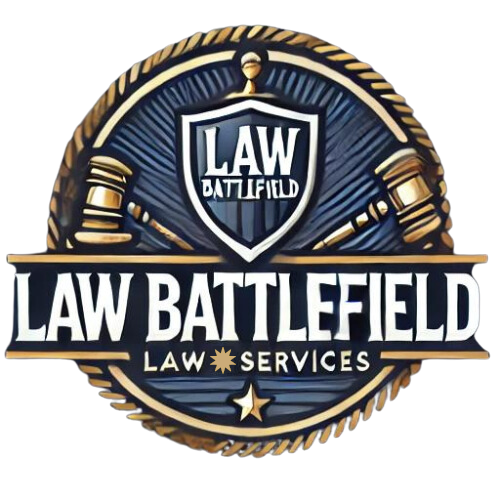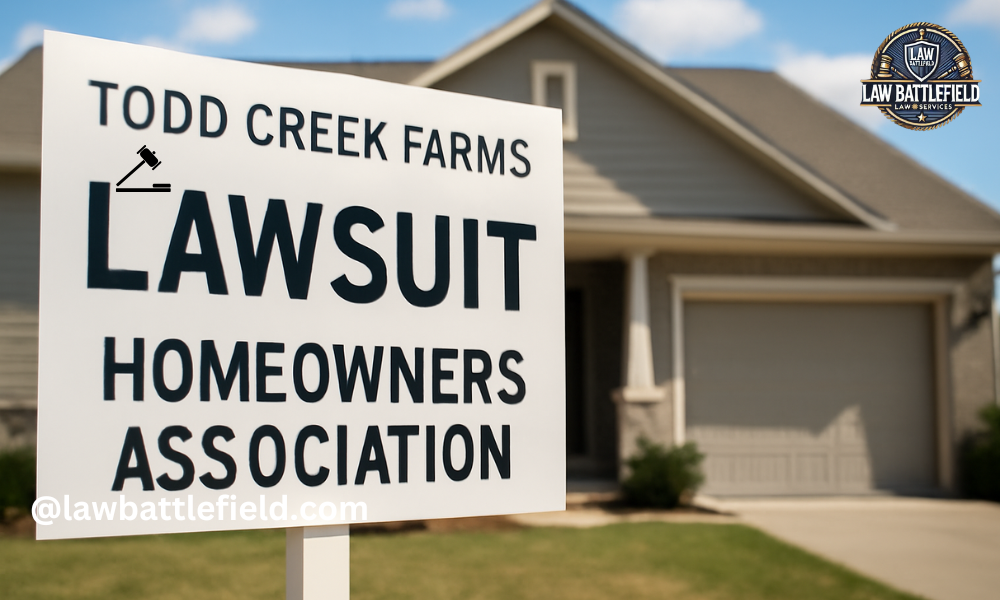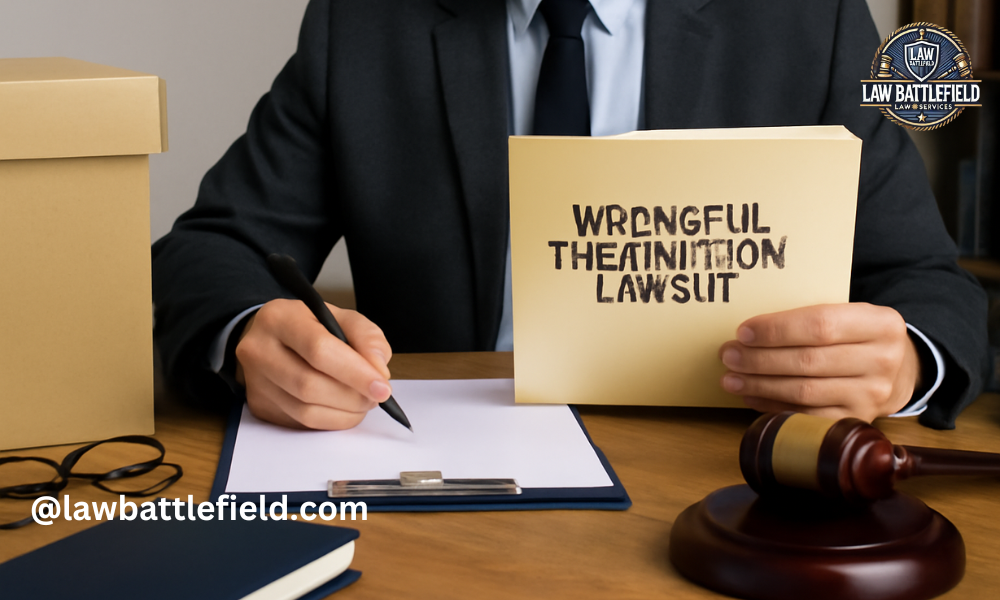Introduction: The BOLI Lawsuit Laurie Brooks Case And Its Importance
Laurie Brooks worked for the Oregon Bureau of Labor and Industries, also known as BOLI. She was not just any employee. She was someone who believed in justice and fairness. But later, she found herself in a very difficult situation at her workplace.
The BOLI lawsuit Laurie Brooks case started when Laurie said she faced discrimination at work. She shared how she was treated unfairly because of her race. She also said she was punished for speaking up. And when she needed time off for health reasons, she was not treated with care or support. These events made her take legal action.
This lawsuit got public attention because BOLI is the agency that helps other people with workplace problems. But in this case, one of its own workers had to file a complaint against it. This made people ask questions about how BOLI treats its own staff. It became a big issue.
The BOLI lawsuit Laurie Brooks is not just about one person. It is about fairness, respect, and how all workers deserve to be treated. This case helps others understand their rights. It also shows why every workplace must be safe and equal for everyone.
Who Is Laurie Brooks?
Laurie Brooks worked at the Oregon Bureau of Labor and Industries, also called BOLI. This agency handles workplace rights and labor laws. Laurie had a responsible job there. She helped people understand their rights at work. Her role involved guiding others and making sure rules were followed.
She worked for several years at BOLI. During that time, she built a strong reputation. She was known for doing her job with honesty and care. Many coworkers saw her as someone who stood for fairness. Her work made a real difference.
But over time, Laurie started facing problems at work. She noticed unfair treatment. She spoke up about it. When no one helped, she decided to take legal action. That is how she became the main person in the BOLI lawsuit Laurie Brooks case. Her story is now part of a bigger fight for justice in the workplace.
What Triggered The BOLI Lawsuit Laurie Brooks Case?
The problems for Laurie Brooks began while she was still working at BOLI. At first, she noticed small changes in how she was treated. She started feeling left out. She wasn’t given the same chances as others. Some coworkers treated her differently. This made her feel uncomfortable and disrespected.
The first signs of unfair treatment were related to race. Laurie said she was treated badly because of her background. She felt ignored and pushed aside during meetings. Her ideas were not taken seriously. She also said she was left out of important projects.
Laurie didn’t stay silent. She followed the rules and spoke to people in charge. She made complaints and asked for help. But nothing changed. No one took real action. She still faced the same treatment every day at work.
On July 30, 2015, Laurie officially filed a complaint with BOLI — the same agency she worked for. She wanted someone to listen and take her case seriously. This complaint became the first step in the BOLI lawsuit Laurie Brooks case. Later, when nothing improved, the issue moved to court.
This case started because someone who believed in fairness felt hurt and ignored. Laurie chose to stand up not only for herself but for many others who face the same problems.
Core Allegations In The Lawsuit
In the BOLI lawsuit Laurie Brooks case, Laurie shared several serious problems she faced while working at BOLI. These issues were not small. They affected her work, health, and peace of mind. Her complaint had three main parts.
The first issue was racial discrimination. Laurie said she was treated unfairly because of her race. She felt ignored and left out. Other coworkers were included in projects and decisions, but she was often pushed aside. She said the environment did not feel equal or welcoming.
The second issue was retaliation. After Laurie reported the unfair treatment, things got worse. Instead of fixing the problem, her supervisors began treating her differently. She said they took away some of her job duties. She felt targeted and punished just for speaking up. Retaliation like this can stop others from reporting bad behavior.
The third issue was about her medical leave. Laurie needed time off for health reasons, which is protected by law. But she said her employer made it hard for her to take that leave. This added stress to an already tough situation.
All of these problems became part of the legal case. They showed how Laurie’s rights may have been ignored. These allegations are the heart of the BOLI lawsuit Laurie Brooks story.
BOLI’s Role And Investigation Process
BOLI stands for the Oregon Bureau of Labor and Industries. It is a state agency that helps workers. BOLI’s job is to protect people from unfair treatment at work. This includes things like discrimination, unpaid wages, and wrongful firing. If someone faces problems at work, they can file a complaint with BOLI to get help.
But in the BOLI lawsuit Laurie Brooks case, things were different. Laurie was an employee at BOLI. She filed a complaint against her own employer — the agency she worked for. This made the situation unusual. It raised an important question: how can BOLI handle a fair investigation when it is part of the problem?
This created an internal conflict. The agency had to look into a complaint about itself. It had to decide whether Laurie’s claims were true, even though it was the one being accused.
After looking into the case, BOLI gave a serious update. On August 1, 2016, they issued a “Substantial Evidence” notice. This means they found enough proof to show that Laurie’s complaint had real facts behind it. It was a strong signal that her concerns were not made up or exaggerated.
This notice gave Laurie the right to take the case further. It became a major step in the BOLI lawsuit Laurie Brooks case and showed that even state agencies must follow the rules they ask others to follow.
Legal Filing And Employer’s Defense
After receiving the Substantial Evidence notice from BOLI, Laurie Brooks took the next legal step. On October 26, 2016, she filed a formal lawsuit. This legal case became known as the BOLI lawsuit Laurie Brooks. It was a major move that brought the issue into the public eye.
The lawsuit listed all the problems Laurie had faced at work. It spoke about discrimination, retaliation, and how her medical leave was handled. She asked the court to review what happened and take action to fix it.
In response, BOLI — her employer — denied the claims. The agency said it did not treat her unfairly. It argued that all actions taken were legal and based on work needs. BOLI tried to show that Laurie’s performance or behavior, not her race or complaints, caused the issues.
Both sides shared their arguments in court. Laurie’s side focused on her lived experience, internal emails, missed opportunities, and emotional harm. BOLI’s side used reports, policy documents, and legal reasons to defend its actions.
This stage of the case was very important. It gave both sides a chance to explain their side of the story. The BOLI lawsuit Laurie Brooks moved forward from there, gaining more attention from media, workers, and legal experts.
Public Reaction And Case Impact
The BOLI lawsuit Laurie Brooks case did not stay quiet. Once the lawsuit became public, it got attention from local media, workers, and legal groups. News outlets began reporting on Laurie’s story. Many people were surprised to hear that someone working inside BOLI was treated unfairly.
Public support for Laurie Brooks grew. People started talking about her courage. Many felt that she did the right thing by standing up. Her case reminded others that even people working in law-related jobs can face discrimination and unfair treatment.
Civil rights groups and legal experts also reacted. They spoke about how important it is to protect whistleblowers — people who report wrong behavior. Some groups even said the case showed deeper issues inside government offices, where rules should be followed strictly but sometimes are not.
The lawsuit affected BOLI’s image. Since BOLI is supposed to protect workers, this case made people question its own actions. It raised concerns about how the agency handles complaints from its own employees. Some called for changes in leadership, policy reviews, and stronger checks inside the agency.
The BOLI lawsuit Laurie Brooks became more than one person’s story. It started a bigger conversation about fairness, leadership, and accountability in public offices.
Lessons Learned For Employers And Employees
The BOLI lawsuit Laurie Brooks case teaches important lessons for both employers and employees. It shows what can go wrong in a workplace, and how it can be fixed.
For employers, the biggest lesson is the need for a safe complaint system. Employees must have a clear and trusted way to report problems. If someone feels discriminated against or treated unfairly, they should know where to go and feel safe doing it. Ignoring or delaying action can lead to bigger legal issues, just like in Laurie’s case.
Another lesson is the value of training for HR and leadership teams. Managers should know how to handle complaints the right way. HR staff must understand how to treat all employees fairly. Regular training helps leaders stay updated and prevent mistakes. It also creates a respectful and equal workplace culture.
For employees, Laurie’s story gives hope. It shows that speaking up is hard, but important. If you are facing unfair treatment at work, keep a record of everything — emails, notes, and dates. Talk to someone you trust. You can also reach out to legal or labor agencies. You have rights, and you deserve to be treated with respect.
Broader Implications Of The Laurie Brooks BOLI Lawsuit
The BOLI lawsuit Laurie Brooks case did not only affect one person or one agency. It had a wider impact on how public offices think about workplace fairness in Oregon and beyond.
In Oregon, this case pushed agencies to review how they handle employee complaints. It showed that even places meant to protect workers can fail their own staff. Some policies were reviewed. New training programs were introduced in government departments. Leaders were reminded that rules must apply to everyone — even those who enforce them.
Other public agencies across the U.S. also paid attention. They saw this case as a warning. It showed the importance of creating fair and respectful workspaces. Agencies started asking questions: Do we have safe systems? Are our managers trained? Are we listening to our staff?
This lawsuit also brought attention to employee rights enforcement. Workers must feel safe when they speak up. When their rights are ignored, they should have clear legal paths to get justice. The case helped raise awareness and reminded everyone that rights at work are not optional — they are protected by law.
The BOLI lawsuit Laurie Brooks became more than a personal matter. It became a turning point in the ongoing fight for fairness, transparency, and respect in public service jobs.
Conclusion
The BOLI lawsuit Laurie Brooks case began with one person speaking up. Laurie Brooks worked in a place meant to protect workers. But when she faced discrimination, she didn’t stay silent. She reported it. She followed every step. And when nothing changed, she stood up and went to court.
This case showed real problems inside a public agency. It reminded everyone that fairness must be for all — no matter where they work. It highlighted how important it is to listen when someone says something is wrong.
Laurie Brooks showed great courage. She faced stress, judgment, and risk. But her actions brought light to issues that needed attention. Her story encouraged change, not just in Oregon, but in many places.
Even today, the BOLI lawsuit Laurie Brooks is a powerful example. It teaches workers to speak up. It reminds employers to stay fair. And it proves that justice, even when slow, is always worth the fight.
Was this article helpful? Check out more on Lawbattlefield.com
How To Find The Best Divorce Lawyer In Irvine: A Complete Local Guide





